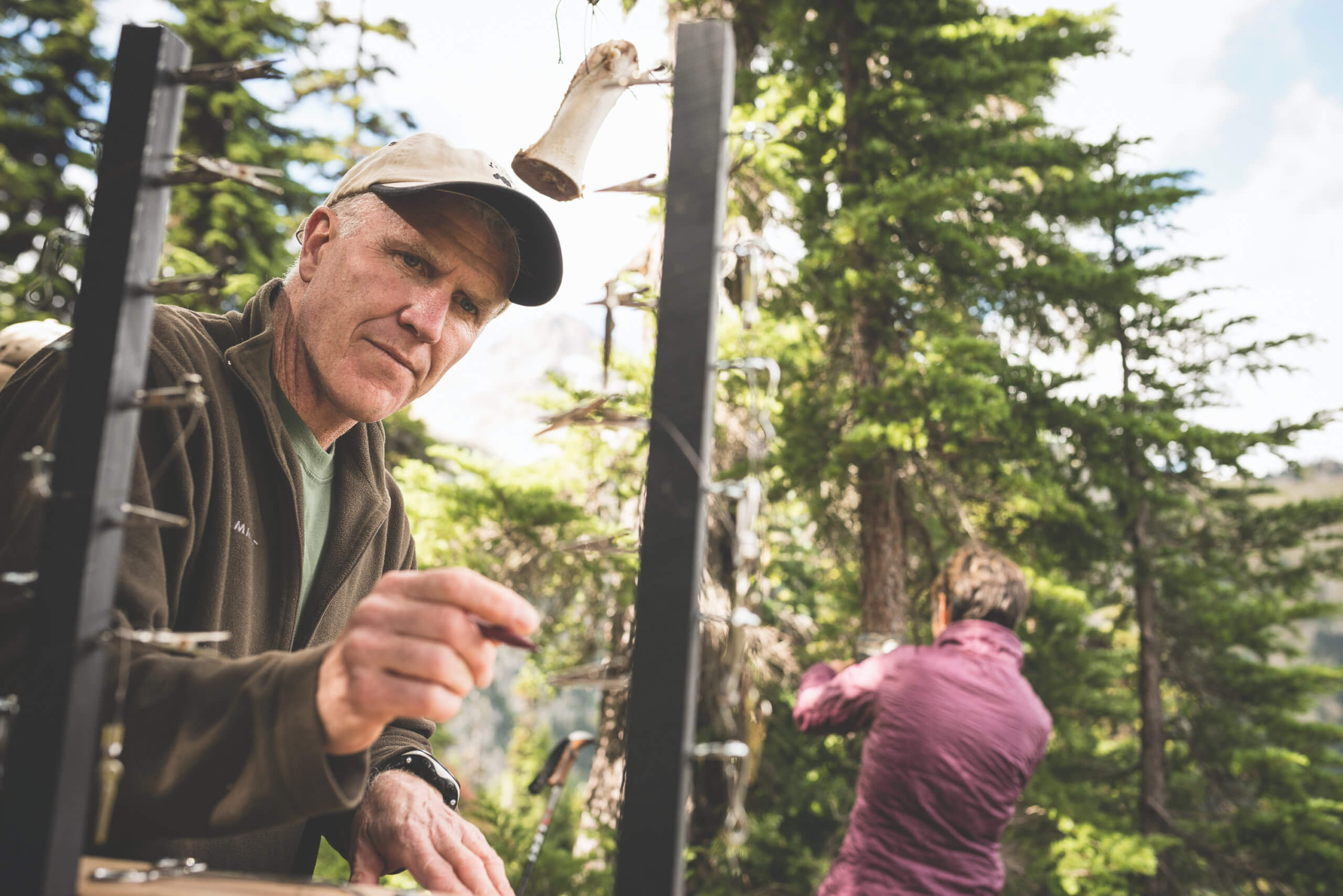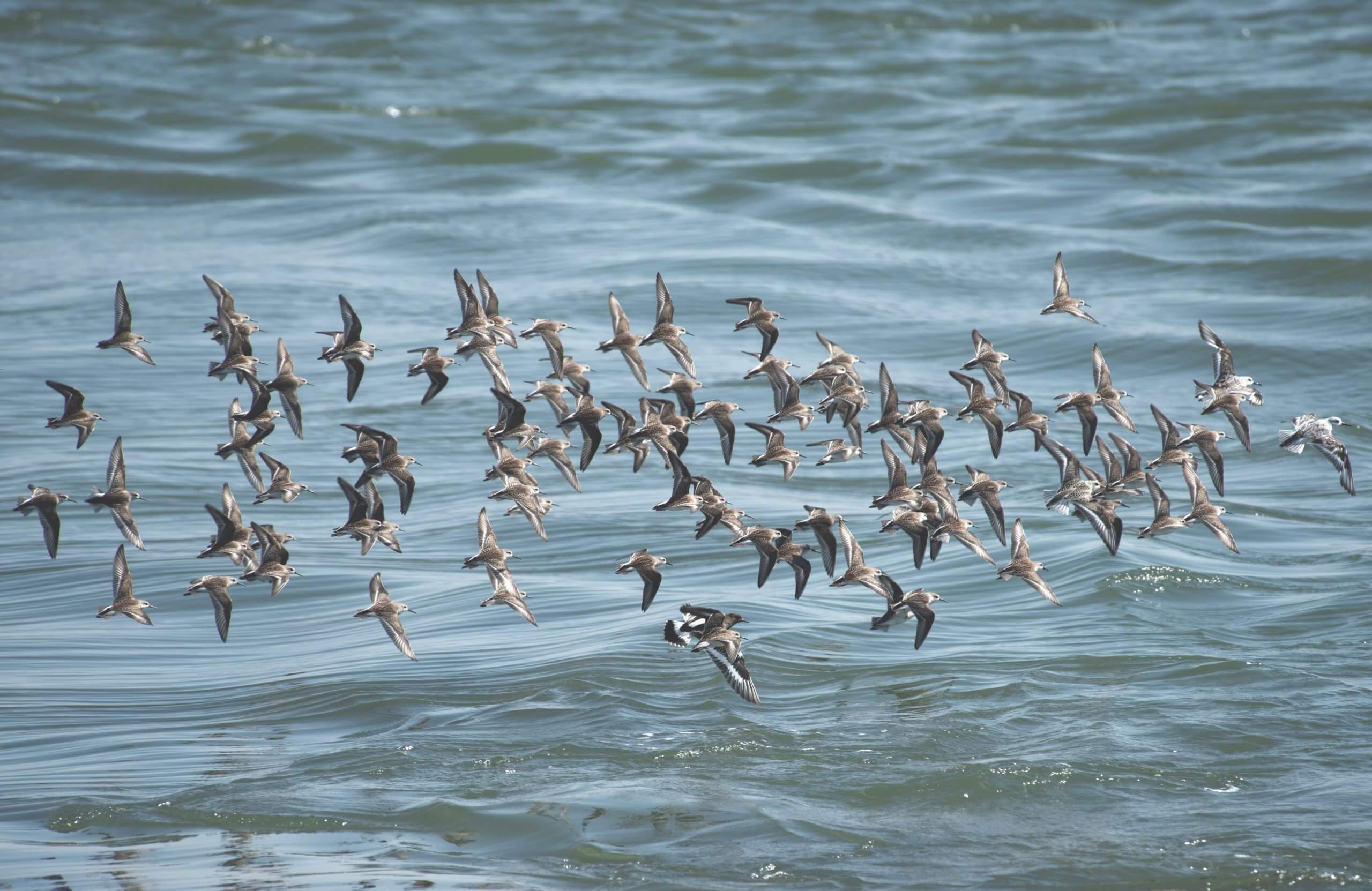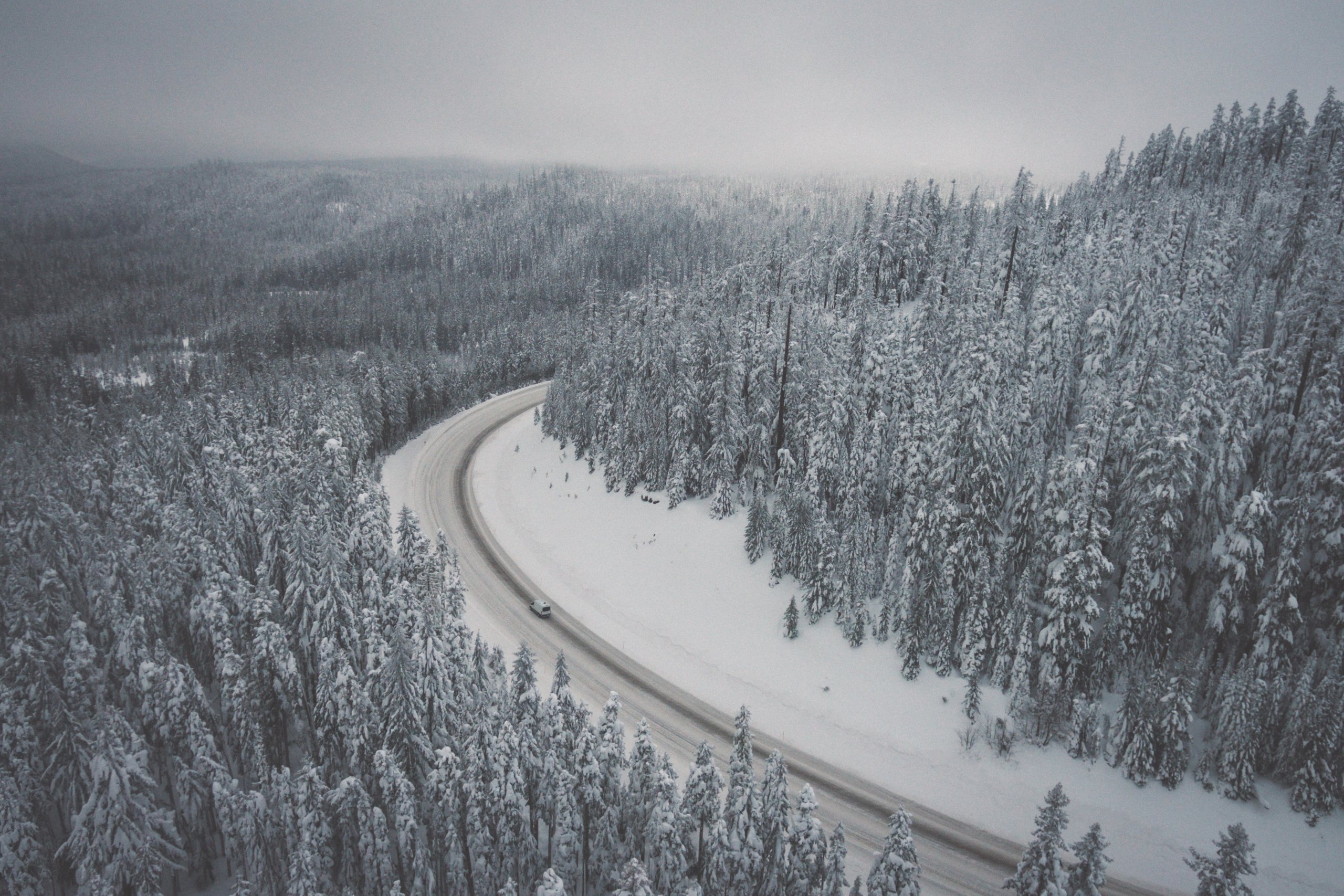This week, 572 scientists gathered in Monterey for the Third International Symposium on the Oceans in a High CO2 World. The numbers mark a sharp increase from the first symposium in 2004 in Paris where the community of ocean acidification scientists numbered only 124. And, this time, the mood was more urgent. Atmospheric CO2 is entering the ocean and it is acidifying fast… the ocean is 30% more acidic than prior to industrialization. Combine this with rising ocean temperatures and decreasing oxygen levels (which cause dead zones) and, in the words of Swedish scientist Sam Dupont, you have an ocean that is increasingly, “hot, sour and breathless,” for its inhabitants. What these changes mean—from effects on plankton to shellfish and fish to entire marine ecosystems—was the subject of the meeting.
Joanie Kleypas of the National Center for Atmospheric Research, a leader in the field, told me the story of when she first understood the urgency of the problem. It was in 1998, and she was attending one of the first scientific meetings on the subject. As she realized what rapidly rising acidity could mean for coral reef ecosystems, she left the room, went to the bathroom, and threw up.
But, despite the urgency felt by those in the scientific community, the rest of the world isn’t even hearing these messages. So our COMPASS team brought together 22 scientific leaders studying ocean acidification for a two-day intensive communications workshop in the days preceding the conference.
We had three goals: 1) to help them crystallize their core messages to more effectively communicate their individual research, as well as the state of the science as a whole; 2) to better understand each other’s work to catalyze their collaborations; and 3) to identify their stories that bring this science to light and to answer the tough questions that policymakers and the public want to know: “So what? Why does this matter? And, what should we do about it?” For perspective, we invited four environmental journalists—Juliet Eilperin of the Washington Post, Chris Joyce of NPR, David Malakoff of Science and Alok Jha of the Guardian—to tell the researchers what they wanted to know.
What the scientists first realized was this: For calcifying animals like corals and shellfish, the increasing acidity of seawater was like dropping a tooth in Coca-Cola and watching the corrosion. And, it was because of these early results that burgeoning numbers of researchers began working in an ever-growing number of places – not only on single species responses, but also on direct and indirect ecosystem impacts, as well as the chemical, biogeochemical, and societal implications.
One of the scientists noted that with increasing studies in the field of ocean acidification (as is the case with any field of science), the picture of what is happening becomes more nuanced, and so, scientific confidence in a consensus of direct cause and effect plummets as the specifics sometimes seem contradictory (see graph). However, as the number of studies continues to increase, a new picture begins to emerge and confidence once again rises, in a way that, as Jean-Pierre Gattuso pointed out, looks exactly like a heartbeat.
Right now, the science shows that the impacts are multifaceted. Corrosive waters are not only physically debilitating to animals like shellfish and corals, they can also have physiological and behavioral impacts that can “mess with a fish’s mind,” as Mark Fischetti of Scientific American described work by Phil Munday. Some fish get excited and swim towards their predators rather than away. Clown fish (think Nemo) lose their instinct to stay close to home for safety’s sake and wander far from their protective anemones.
And, as Stanford evolutionary biologist Steve Palumbi put it, acidic waters can charge a physiological “acid tax” slowing growth, breathing, and compromising survival. Dave Hutchins of the University of Southern California described how ocean acidification is supercharging the toxicity of the dinoflagellates that can cause paralytic shellfish poisoning; this (PSP) may be currently moving up the food chain causing sea lions along the California coast to suffer.
Even greater than these single incidents are the concerns about how, in some places, corrosive waters may interact with warming temperatures and zones of low oxygen. Sam Dupont stressed in his plenary that scientists can’t study ocean acidification as a single stressor anymore…. it’s the cumulative impacts that are the greatest cause for concern.
But among the scary stories were some bright spots, too. Steve Palumbi presented a case at the symposium showing that if the sky is figuratively falling, “some species may have hard hats and be able to adapt.” And it appears in some cases there is enough variation in tolerance to ocean acidification that evolution may be able to outrun some of the problems. But the winners of tomorrow will not likely be the species of today.
So the obvious question is, what do we do about it? People may not want to hear that acidification is caused by CO2 emissions. However, the suggestion by someone at our workshop to soft pedal the fact that ultimately the only solution is cutting emissions, was met with frank dismissal by scientists and journalists alike. That would be dishonest. The chemistry is clear.
We cannot avoid the underlying question much longer: Are we going to do anything to get a grip on carbon emissions? Or are we just going to run the experiment on the only planet we’ve got? While scientists in general are good at identifying the problem, they often shy away from the solutions. But scientists are starting to become increasingly radicalized by this data. In his final plenary Sam Dupont minced no words, “Acidification is real, fast, and directly related to CO2 emissions… We know a major catastrophic event is coming. We know how to prevent it.”
In my plenary, I asked the scientists, “How many of you think it’s your job as a scientist to be involved and speak up?” The entire room of scientists rose to their feet.
This gives me hope.


